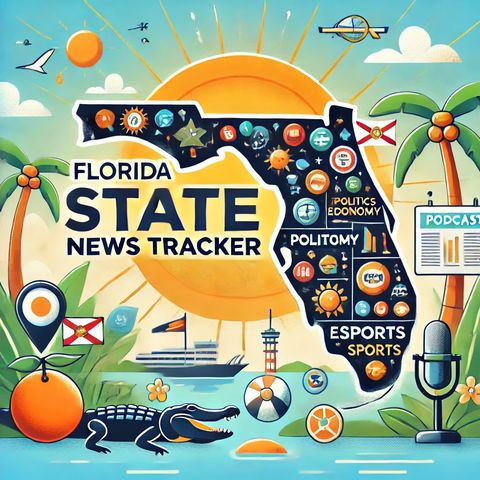10 NOV. 2024 · Indiana, a U.S. state situated in the Midwest, stands as a representative microcosm of the broader Midwestern culture, steeped in historical significance and bustling with modern economic activities. It borders Lake Michigan to the northwest, Michigan to the north, Ohio to the east, Kentucky to the south and southeast, and Illinois to the west, making it a pivotal state in terms of transport and logistics.
The state’s economy is robust and diverse, anchored by manufacturing, agriculture, and health care. Indiana is famously known as the "Crossroads of America," a nickname that highlights its critical role in national logistics, supported by multiple major highways that traverse the state. This logistical advantage is coupled with a significantly large manufacturing sector, which includes the production of automotive parts, electrical equipment, and machinery. Notably, Indiana is also a major contributor to the U.S. pharmaceutical industry and biomedical field, with giants like Eli Lilly based in Indianapolis.
Agriculturally, Indiana is highly productive, ranking among the top ten states for corn and soybean production. This agricultural strength not only contributes greatly to its economy but also feeds into its manufacturing sector with products like biofuels.
In terms of energy, Indiana has historically relied heavily on coal but has been diversifying its energy sources in recent years. Efforts have been intensifying to incorporate more renewable sources like wind and solar. The state's industrial base also complements its energy sector, with a significant portion of its electricity generation still coming from coal-fired power plants, though this is slowly changing with global shifts towards sustainable energy.
Furthermore, education holds a place of strategic importance in Indiana. The state is home to several high-ranking institutions of higher education, such as Indiana University and Purdue University, which are instrumental in research and innovation. Notably, Purdue University is renowned for its engineering programs and contributions to aerospace, helping to feed Indiana’s substantial aerospace sector. Additionally, Indiana's commitment to improving its educational infrastructure can be seen in its various initiatives aimed at increasing funding for public schools and enhancing workforce readiness programs to align with its industrial needs.
Tourism also plays a role in Indiana’s economy, with Indianapolis hosting numerous sporting events, conventions, and cultural festivities that draw visitors from across the nation and around the world. The state is famous for the Indianapolis 500, an annual motor race held each Memorial Day weekend, which is considered one of the three most prestigious motorsports events in the world.
Challenges do persist, however, particularly in the realm of public health and environmental issues. Indiana has faced criticism for pollution levels, largely attributable to its industrial activities and reliance on coal power. Nonetheless, ongoing legislative and private sector initiatives aim to address these concerns by promoting green policies and sustainable practices.
In summary, while Indiana may often be characterized by its quiet Midwestern demeanor, the state is a central hub of economic, educational, and cultural activity with a promising trajectory of growth and innovation shaped by its strategic initiatives and policies. The continued focus on diversifying its economy while preserving its heritage allows Indiana to not only face its challenges head-on but also to set a precedent for growth and sustainability in the Midwest.


